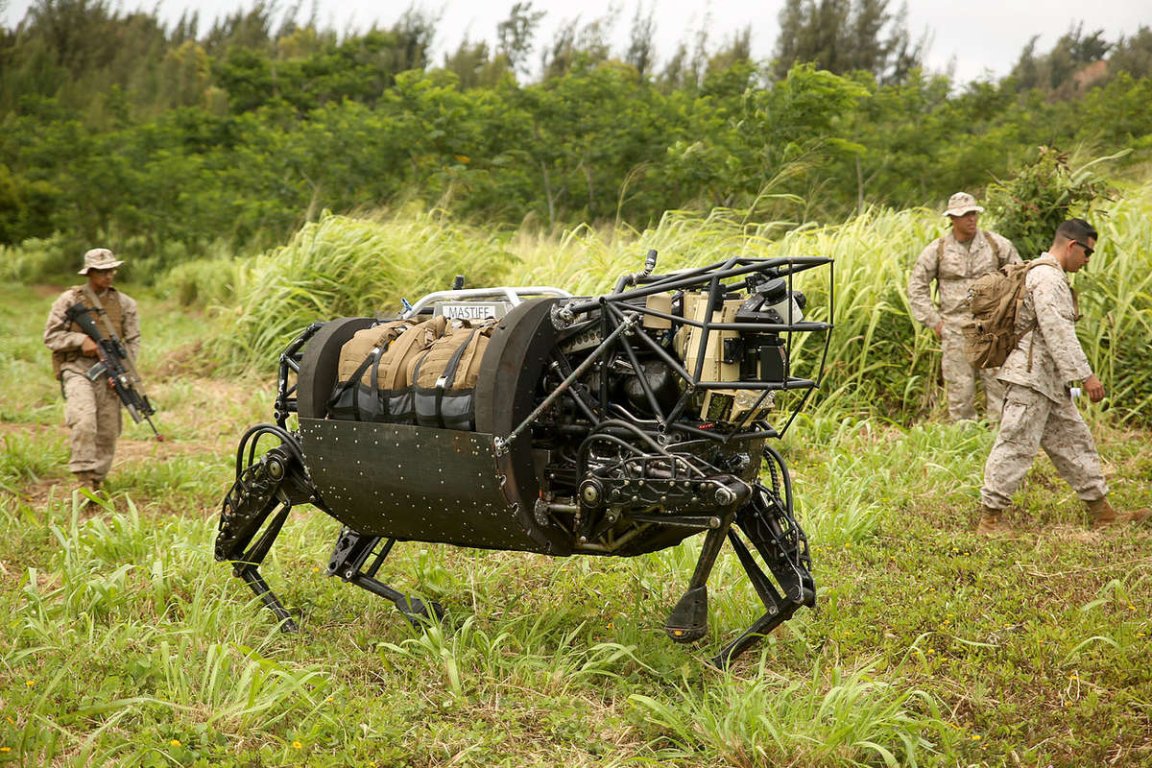
Project Cancelled
Plans for a robotic mule called the LS3 (Legged Squad Support System), a robot that could potentially carry heavy loads during combat situations, have been abandoned by the United States Marine Corp. This decision was caused mainly by the amount of noise that the machine generated while in use, which risked compromising the position of troops to enemy fighters.
The LS3 was an integral part of an effort to integrate thousands of robots into the US Army’s forces by 2030, and it seems that, now, we may have a bit of a setback. However, that said, the information that was gained through this would could help the military create new, more effective designs.
Defense Advanced Research Projects Agency (DARPA) sparked the development of the LS3 back in 2008, when it offered a $32m (£21m) contract to Alphabet’s Boston Dynamics. Further tests demonstrated that it could carry 180 kg (almost 400 lb) loads across rugged terrain. LS3 could also run for 24 hours straight on a 20-mile mission across rough terrain. No controller was needed; it took visual and verbal cues from soldiers to find its way.
The noise its gas-powered engine produced, however, was a source of significant concern, as recounted by Marines. Ultimately, this proved to be a hurdle that engineers were unable to overcome.

Shortcomings Observed
“As Marines were using it, there was the challenge of seeing the potential possibility because of the limitations of the robot itself,” Kyle Olson, a spokesperson for the Marine Corps Warfighting Lab, told Military.com. “They took it as it was: A loud robot that’s going to give away their position. We tend to make things that are fanciful and strange. Learning from it was a big part, and we’re still learning.”
A similar robot named Spot was created in an attempt to address the noise issue, but it was neither autonomous nor capable of lifting heavy cargo. Because of its lighter frame, at best, it was only able to carry loads of up to 18 kg (40 lb) Spot’s limited capabilities showed that it was unsuitable for use in the field.
“I see Spot right now as more of a ground reconnaissance asset,” said James Pineiro, head of the Ground Combat Element branch at Warfighting Lab. “The problem is, Spot in its current configuration doesn’t have the autonomy to do that. It has the ability to walk in its environment, but it’s completely controller-driven.”